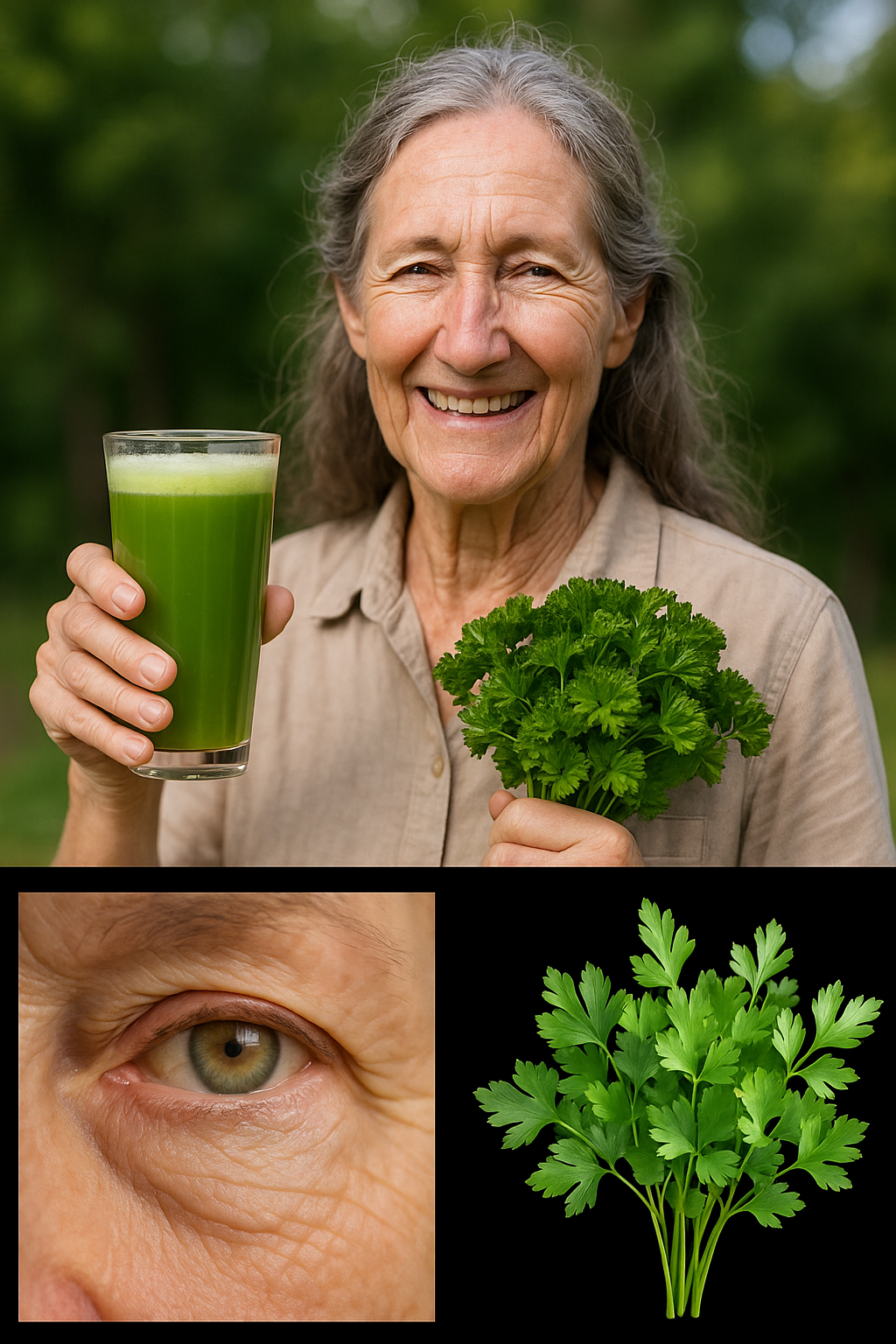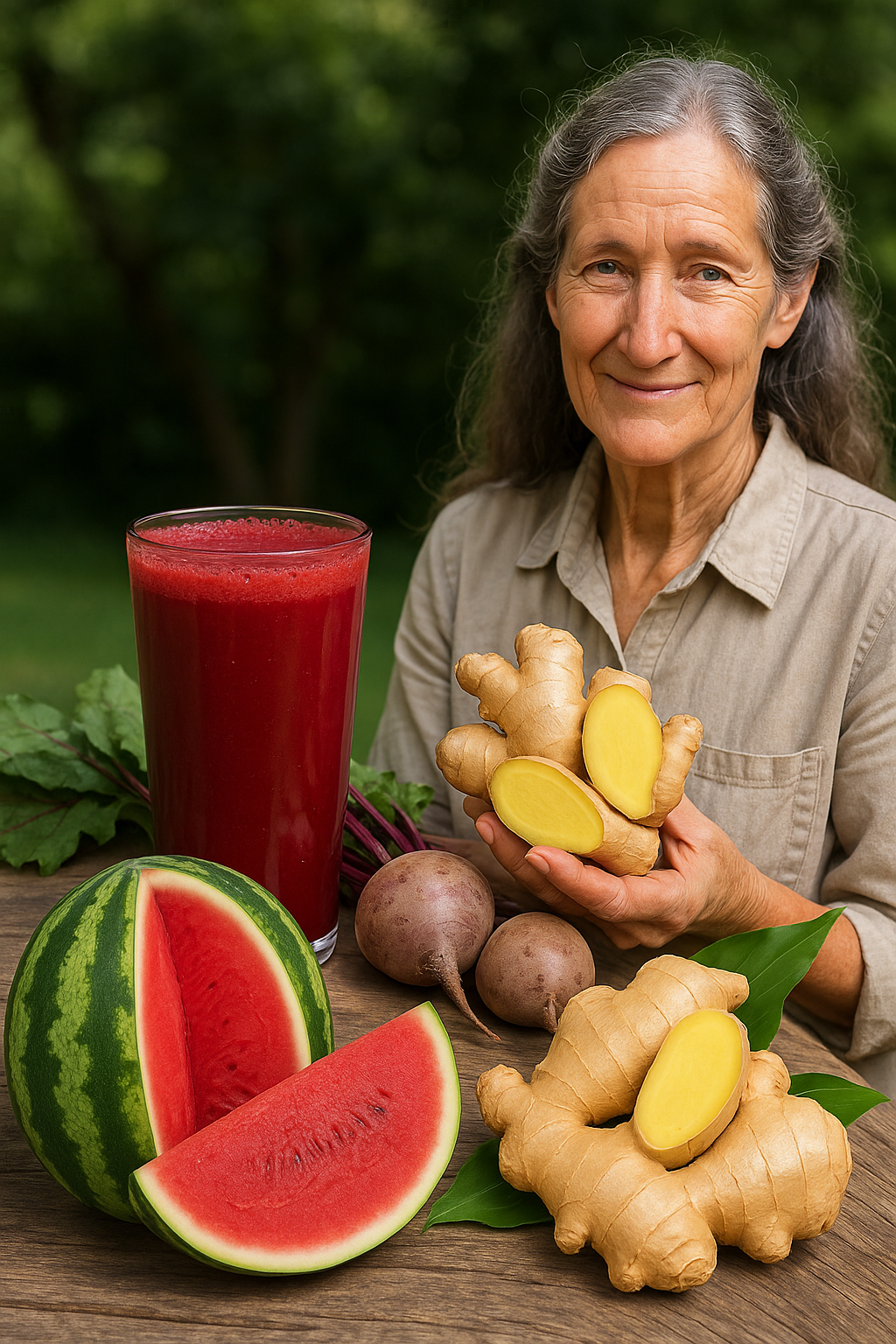✨ What if the secret to better digestion, glowing skin, and stronger immunity was growing right outside your door—and you’ve been walking past it your whole life?
Meet common mallow, scientifically known as Malva sylvestris. Often mistaken for a weed, this vibrant green herb has quietly earned its place in centuries of traditional medicine for its soothing, restorative, and antioxidant-rich properties. But now, it’s stepping back into the spotlight—and it might just become your new favorite natural remedy.
Let’s explore why this humble plant is a nutritional and therapeutic powerhouse and how it can support your health in surprising ways.

🥬 A Nutrient-Dense Plant with Healing Potential
Don’t let its simplicity fool you—common mallow is loaded with vital nutrients that make it a natural booster for your health. It contains impressive levels of:
• Vitamin A – essential for eye health and immune function
• Vitamin C – a powerful antioxidant that supports tissue repair and collagen production
• Vitamin K – vital for bone health and blood clotting
• Calcium, magnesium, and potassium – three essential minerals that support muscle function, bone strength, and cardiovascular health
These nutrients, paired with mallow’s gentle medicinal effects, create a well-rounded herb that works from the inside out.
🧘 Soothing Relief for Digestive Discomfort
One of the most remarkable traits of common mallow is its mucilaginous texture—a soft, gel-like substance found in its leaves and roots.
🌿 When consumed, this mucilage creates a protective coating along the digestive tract, offering natural relief from indigestion, heartburn, and mild inflammation. It can be especially helpful for people who experience occasional stomach upset, gastritis, or even ulcers.
Many herbalists recommend mallow tea as a calming remedy for the gut, especially after heavy meals or during periods of digestive sensitivity.
🔥 Fights Inflammation and Oxidative Stress
Thanks to its high content of flavonoids, tannins, and phenolic acids, common mallow offers anti-inflammatory and antioxidant support that may help protect your body at the cellular level.
These compounds can help:
• Lower chronic inflammation
• Reduce oxidative damage
• Support the body’s natural defense against premature aging and disease
For those managing inflammatory conditions—whether in the joints, skin, or internal organs—mallow may offer gentle, plant-based support as part of a holistic wellness plan.
🌬️ Gentle Respiratory Support You Can Feel
Struggling with a persistent cough or seasonal congestion?
Mallow has long been valued for its mild expectorant qualities, helping to break up mucus in the lungs and soothe irritated airways. Its cooling and calming nature can be especially beneficial during:
• Dry coughs
• Sore throats
• Bronchial inflammation
• Recovery from colds or respiratory infections
Drinking warm mallow tea or inhaling steam from its leaves can offer comforting relief when you need to breathe a little easier.
🧴 Natural Skincare You Can Grow at Home
If your skin feels dry, inflamed, or reactive, mallow may be the gentle answer.
Its emollient and anti-irritant properties make it an ideal topical treatment for:
• Rashes and redness
• Sunburn
• Bug bites
• Eczema flare-ups
Applied as a compress, infused oil, or ingredient in DIY creams, common mallow helps soften and soothe the skin, locking in moisture without harsh chemicals.
🥗 A Forgotten Edible Treasure
Beyond its medicinal uses, mallow is also a highly nutritious wild food. Its young leaves are tender, mild in flavor, and can be eaten:
• Raw in salads
• Cooked like spinach
• Added to soups and stews as a thickener
• Blended into green smoothies for a gentle detox
Because of its mucilaginous texture, mallow is often used in traditional cooking to add body and smoothness to broths and sauces. Just be sure to harvest it from clean, pesticide-free areas.

💡 Tips for Safe and Effective Use
• Always rinse leaves thoroughly before use
• Dry flowers and leaves in a well-ventilated area to preserve their properties
• Avoid collecting mallow from roadsides or polluted areas
• If using therapeutically, consult an herbalist or naturopath—especially if you’re pregnant, breastfeeding, or on medications
While common mallow is generally safe and gentle, everyone’s body is different. A healthcare consultation helps ensure the best results.
🌱 Final Thoughts: Rediscover the Power of Common Mallow
It may grow quietly in meadows and backyards, but common mallow is anything but ordinary. With its rich nutritional profile, powerful healing compounds, and gentle versatility, this plant is a shining example of how nature provides what we need.
Whether you’re sipping its tea to calm your digestion, applying its leaves to soothe your skin, or tossing its greens into a salad for a mineral boost, mallow offers a simple, effective way to care for your health—naturally.
Don’t underestimate the weeds beneath your feet. Sometimes, they’re the most valuable remedies in your garden. 🌿💧✨


